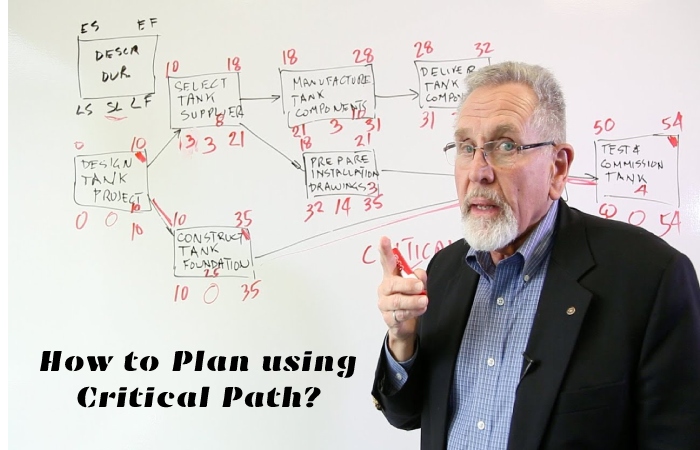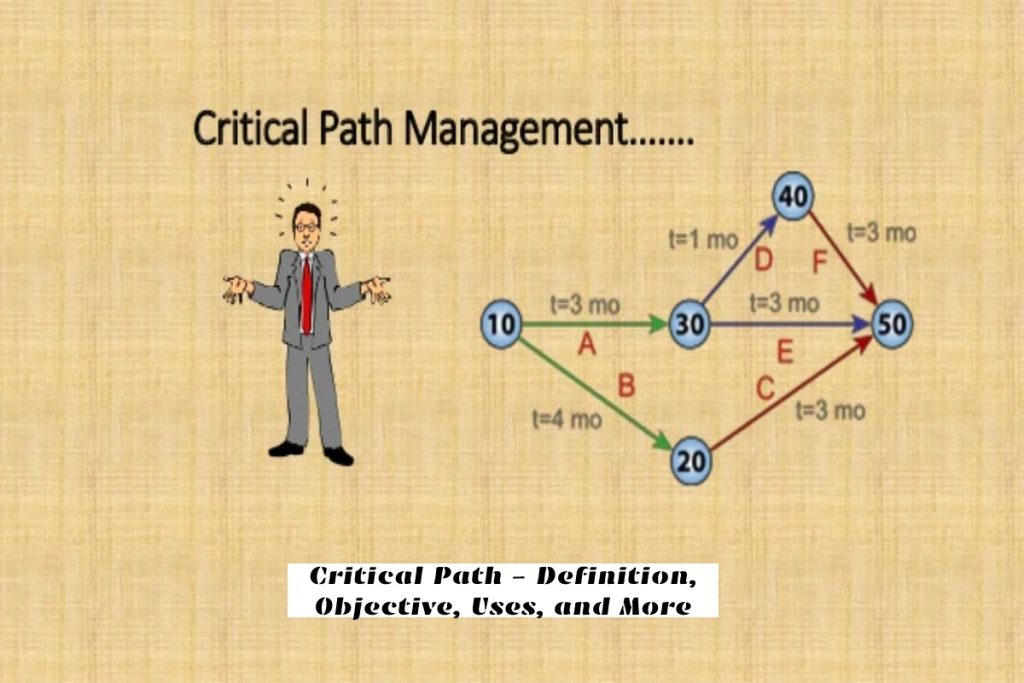Critical Path Definition
The critical path gives us the minimum completion date for the project. And also, a project (CPM) is the work route that marks the project’s duration, the set of activities, and its priorities to complete the project.
Objective Of The Critical Path
It gives us the minimum completion date for the project.
It is an algorithm that calculates the order and deadlines in project planning. The CPM denotes the critical path method. Knowing it is key for every Project Manager who uses tools to understand what activities or tasks his team must carry out, so that nothing delay and the estimated deadlines meet. Thanks to the CPM, the project manager gets an optimized estimate of the duration of his projects.
In addition, when we apply it in project planning, we will be helping our teamwork more logically. Let’s take advantage of all the resources and consider consumption graphs that inform us of the effort applied in each activity. We will plan more efficiently and closer to reality.
And it is that one of the biggest mistakes of many Project Managers is that their planning does not correspond, in many cases, with the reality of situations of risks and uncertainties.
Why Use the Critical Path?
The CPM was born to minimize costs. And also, it was born in 1957 in an American research centre, which worked to reduce costs through process optimization and effective project planning. And also, this is what CPM is all about, achieving the [critical path] or the essential workflow so that the entire process takes advantage of each resource.
To analyze, there are several methodologies and techniques. The PERT and CPM methods stand out, which, combined with a Gantt chart. It can easily visualize the optimal workflow of the project.
How to Plan using Critical Path?

The critical path of a project can obtain automatically if we use the right tools. Calculates its project applying a technology based on PERT. And CPM techniques, visualizing the planning in a Gantt chart, which it calls Gantt-flow. And it is that the well-known Gantt chart has some shortcomings that the Gantt-flow solves.
Advantages and Disadvantages of the Critical Path
Among the many advantages of applying the [critical path] method in our planning, six reasons why we should start using CPM now stand out: calculation of the total project duration, management of uncertainty and possible risks, budget optimization, fast and efficient decision making, more accurate response to the customer and optimized resource consumption management.
Relationship Between Budget and Critical Path
However, among the drawbacks of a project’s [critical path]. We can find that any slight change could affect the entire project. Everything that we had planned as an optimized workflow could change immediately. Bringing with it important consequences in the comprehensive planning of the project. Thus, a project is not flexible, nor does it accept last-minute modifications.
Related Searches to Critical Path
[critical path example]
[how to calculate critical path]
[critical path analysis]
[critical path analysis template]
[critical path method example with solution pdf]
[critical path problems]
[critical path diagram]
[critical path method pdf]


